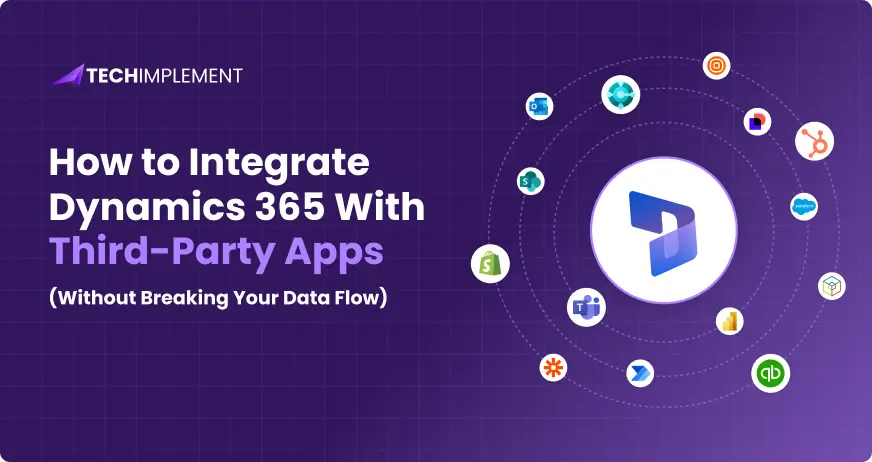
How to Integrate Dynamics 365 With Third-Party Apps
November 5, 2025 . 10 min readMicrosoft Dynamics 365 is one of the most adaptable business platforms, combining CRM and ERP capabilities to manage customers, operations, and insights in one place. It's true power lies in how easily it integrates with everyday tools like marketing platforms and e-commerce apps.
As businesses increasingly rely on multiple applications, being able to integrate with Dynamics 365 easily is essential. Without it, data silos, duplication, and sync errors can obstruct operations and decision-making.
In this article, we will outline how to integrate Dynamics 365 with third-party apps, go over some of the best integration techniques, and help you keep those integrations clear and free from error.
Understanding Dynamics 365 Integration
Integration in Dynamics 365 means enabling different applications to exchange and use data efficiently. It ensures that all systems, CRM, ERP, marketing, accounting, and others, work together as one connected ecosystem.
Key Integration Layers
- Data Layer - Handles data movement between systems (Customer, order, or inventory data).
- Process Layer - Automates workflows and triggers across apps (Auto-creates an invoice when a sale closes).
- User Interface Layer - Ensures a unified user experience by embedding or linking external tools directly into Dynamics 365.
Benefits to integrate Dynamics 365 with third-party apps
Microsoft Dynamics 365 offers flexible integration capabilities that connect CRM and ERP data with almost any third-party app. You can integrate using native Microsoft tools, ready-made connectors, or custom APIs, depending on your business needs and technical setup.
Key Advantages
- Unified Data Visibility: Access all your business data in one place.
- Improved Efficiency: Automate routine tasks and eliminate manual entry.
- Enhanced Collaboration: Keep all departments aligned through synchronized communication tools.
- Better Decision-Making: Real-time data supports accurate reporting and forecasting.
- Scalability: Add or remove integrations easily as your business evolves.
Step-by-Step Guide to Setting Up Microsoft Dynamics 365 Integration
- Define Your Integration Goals: Identify which processes or departments need synchronization first.
- Choose the Right Integration Type: Decide whether native, connector-based, or custom APIs best fit your needs.
- Map and Clean Data: Review all fields and remove duplicates to ensure accurate syncing.
- Configure and Test in Sandbox: Set up test environments before applying changes to production.
- Deploy and Monitor: Once live, continuously monitor sync performance and address any data discrepancies promptly.
Smoothly Integrate Dynamics 365 With Third-Party Apps Using These Top Tools
Microsoft provides a range of native and third-party tools for easy and secure integration.
Power BI
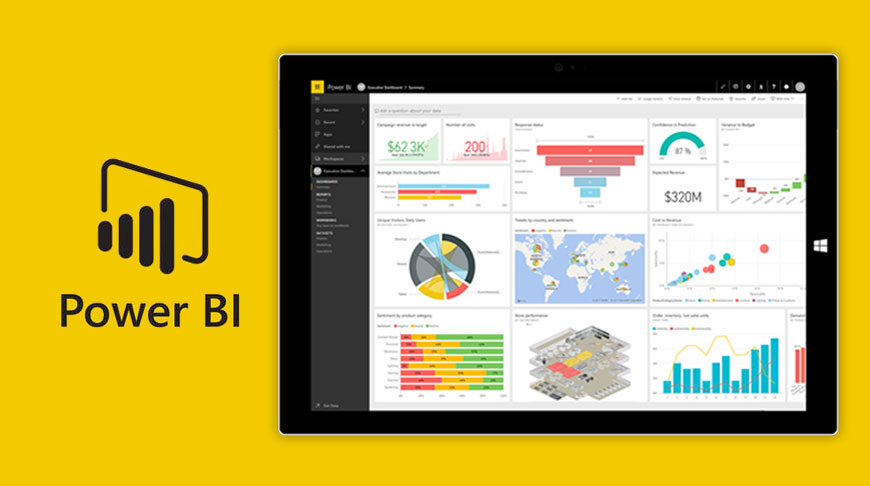
Integrating Power BI with Dynamics 365 gives you powerful visual insights from real-time business data. Teams can analyze trends, track performance, and make faster, data-backed decisions, all without leaving the Dynamics environment.
Use case: Visualize Dynamics 365 data for real-time reporting and analytics.
Power Automate

Power Automate connects Dynamics 365 with other apps to streamline repetitive tasks. It helps businesses reduce manual errors and ensure workflows, like approvals or lead follow-ups, run automatically and consistently.
Use Case: Automate workflows and connect multiple apps for data consistency.
Microsoft OneNote
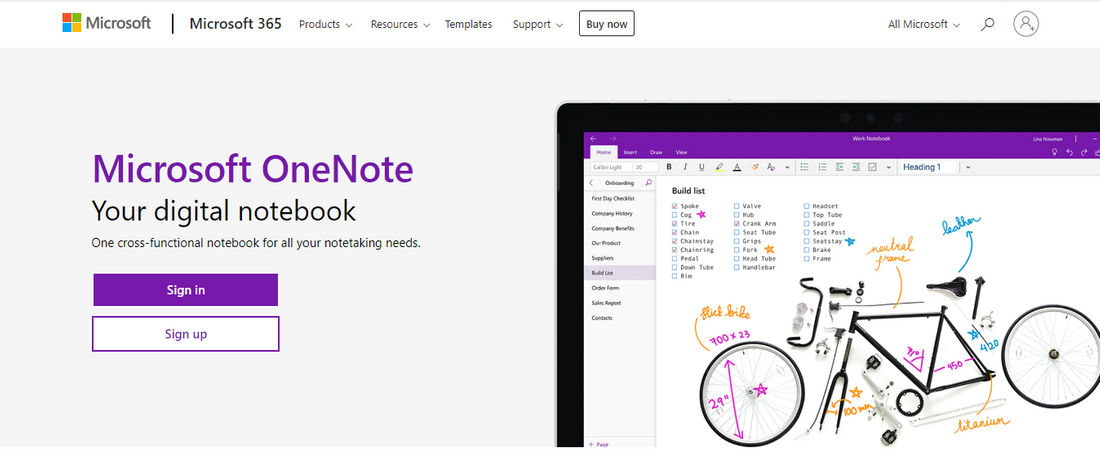
With OneNote integration, users can easily attach meeting notes, ideas, and project details to Dynamics 365 records. This keeps information organized, accessible, and linked directly to customer or project data.
Use Case: Attach and access meeting notes or project details within records.
Microsoft Exchange Server
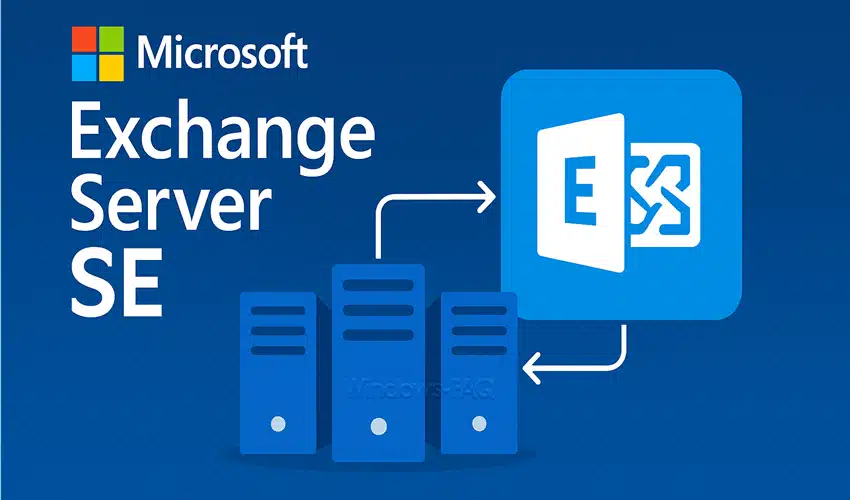
Exchange Server integration keeps emails, contacts, and calendars synced with Dynamics 365. Sales and service teams can access all communication history in one place, improving coordination and client interactions.
Use Case: Sync emails, calendars, and contacts for unified communication.
Mural
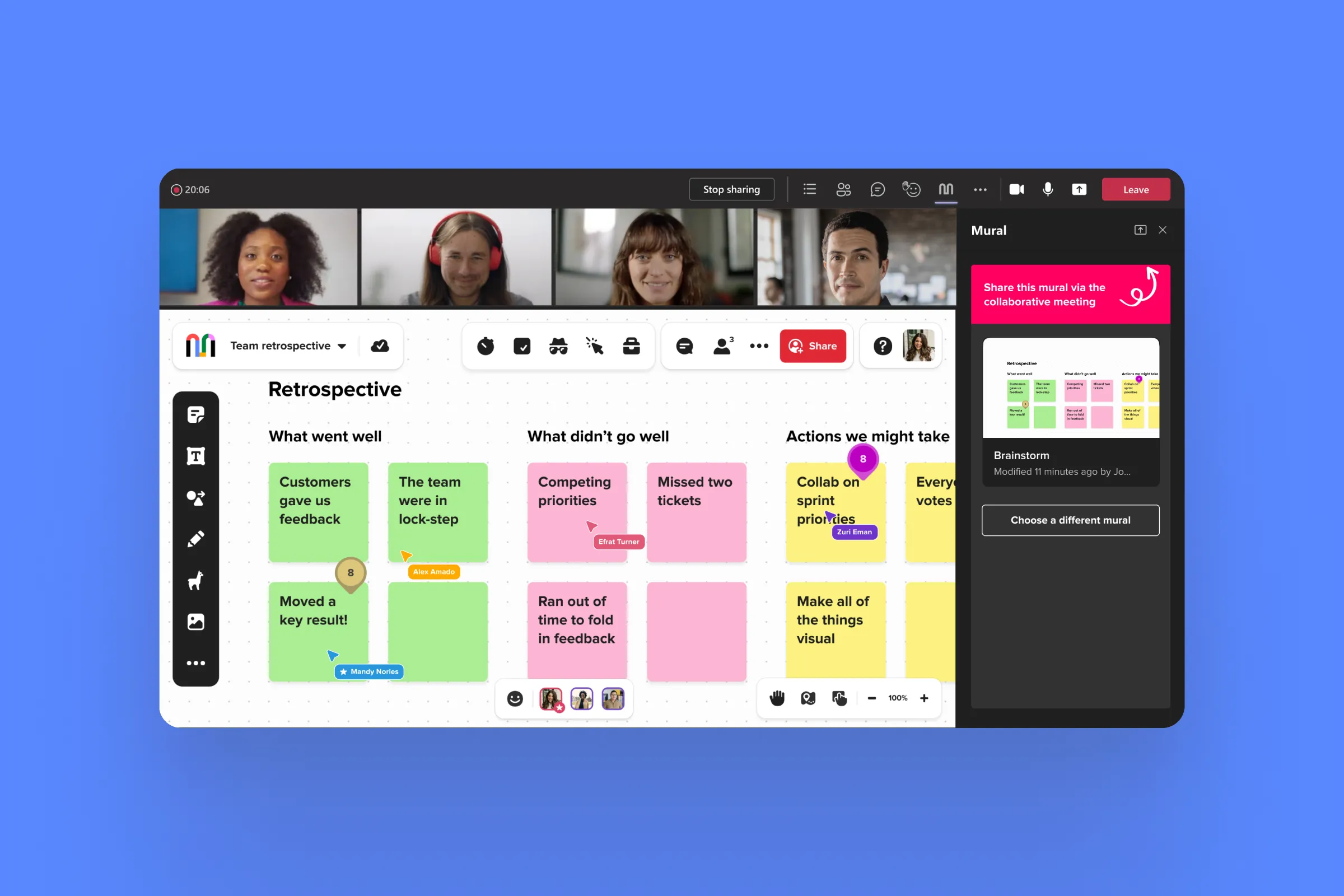
Integrating Mural brings visual collaboration to Dynamics 365 projects. Teams can brainstorm, plan, and share ideas on digital whiteboards, helping improve creativity and alignment during project execution.
Use Case: Enable visual collaboration and brainstorming within Dynamics 365 projects.
Zoom

The Zoom integration lets users schedule, join, and track virtual meetings directly from Dynamics 365. It enhances remote collaboration and customer communication without requiring switching between platforms.
Use Case: Schedule and manage virtual meetings directly from Dynamics 365.
Trello
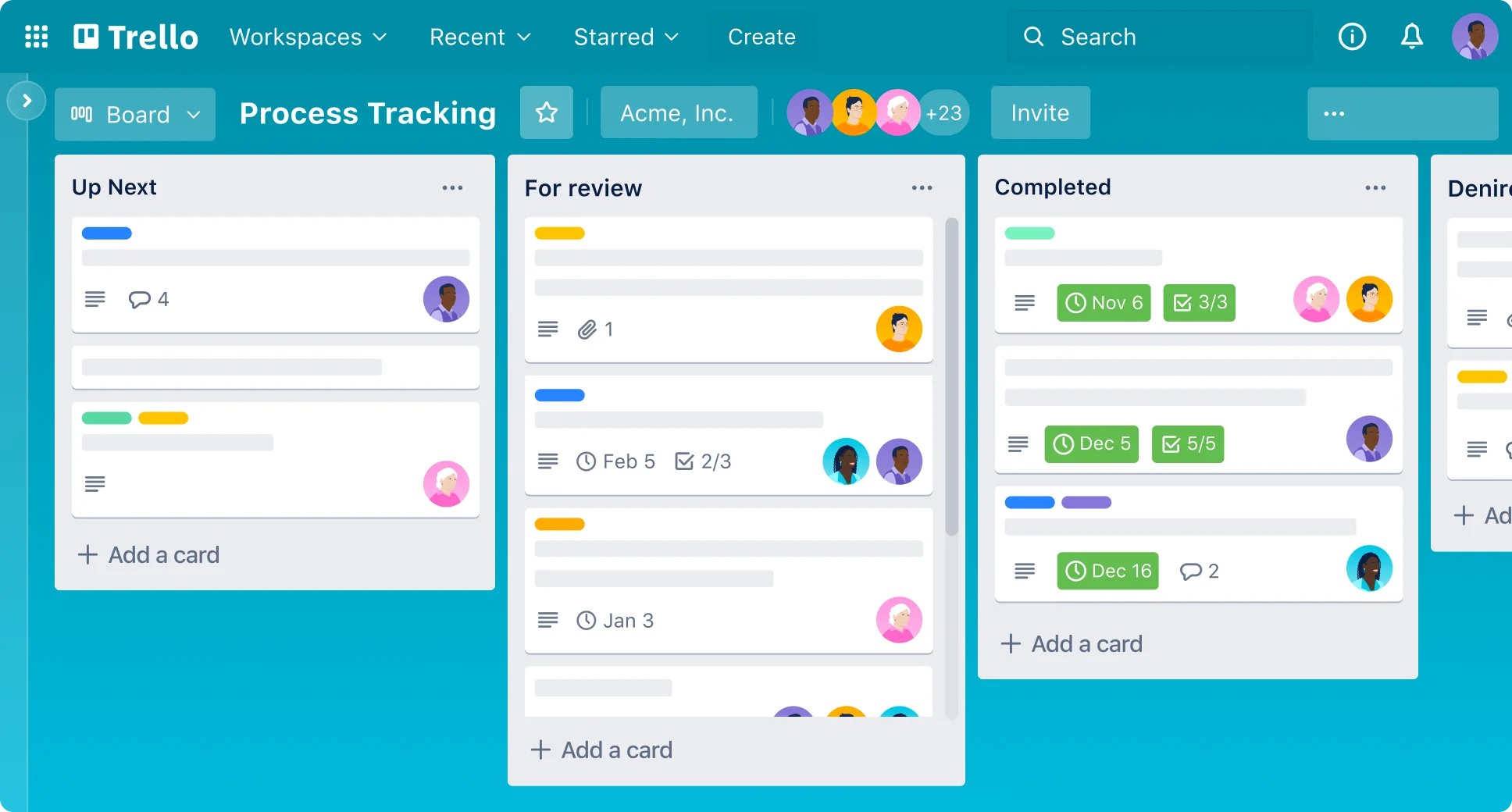
Trello integration connects project boards and tasks with Dynamics 365 workflows. It provides teams with better visibility into project progress while keeping tasks and data synchronized.
Use Case: Link tasks and boards with CRM workflows for better project tracking.
Outlook

With Outlook integration, you can manage customer emails, meetings, and tasks from your inbox. Every interaction is automatically captured in Dynamics 365, ensuring consistent follow-ups and accurate records.
Use Case: Manage customer interactions and create CRM records from your inbox.
Dynamics 365 Business Central
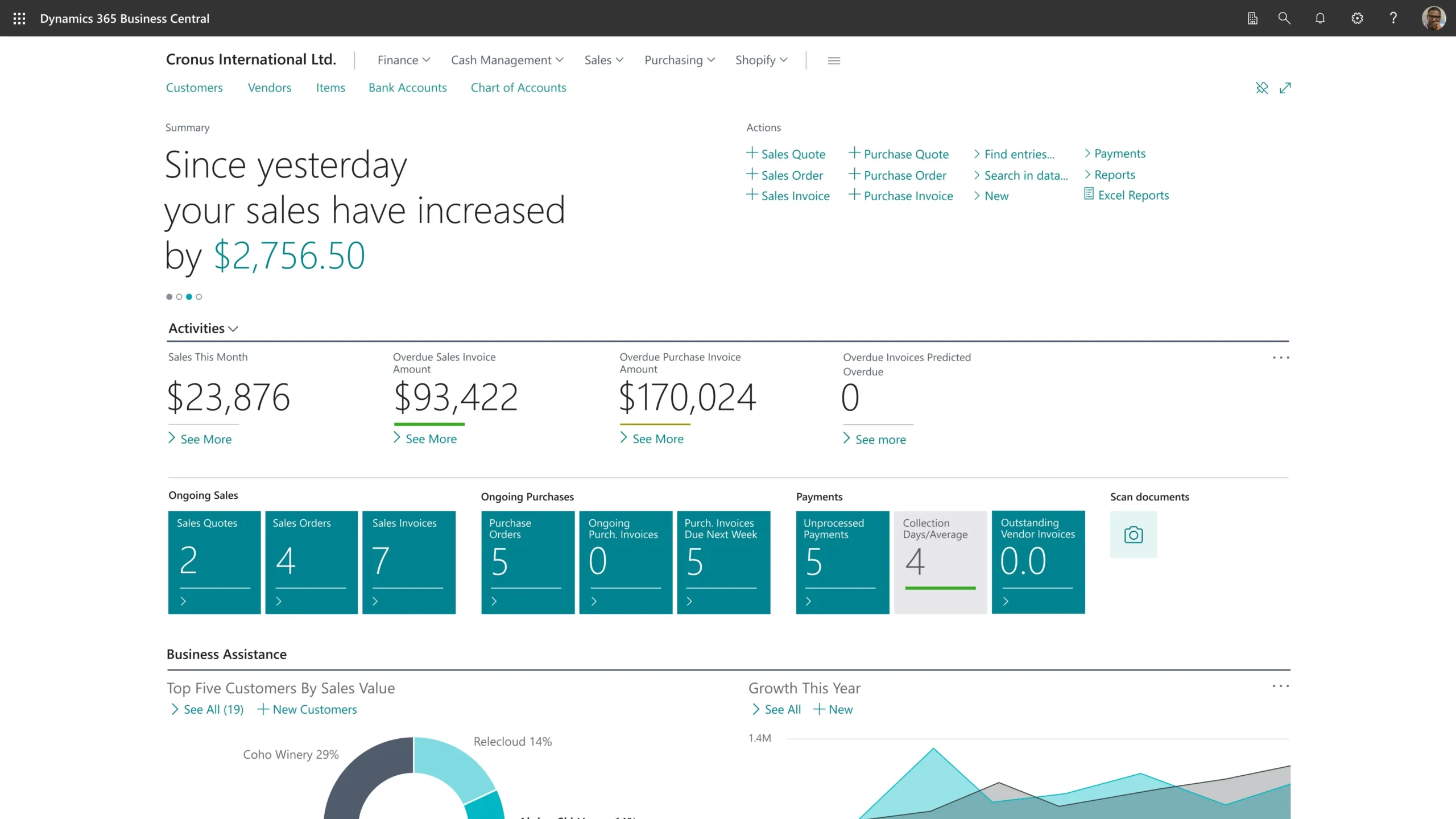
Linking Business Central with Dynamics 365 unites financials, operations, and customer data. It streamlines processes like invoicing, reporting, and order tracking, giving leaders a complete business overview.
Use Case: Connect ERP and CRM modules for unified finance and operations.
Microsoft Office

Office integration connects familiar tools like Excel, Word, and PowerPoint to Dynamics 365. Users can create documents, edit reports, or export data instantly, improving productivity and consistency.
Use Case: Edit, export, and manage business documents inside Dynamics 365.
Dynamics 365 Customer Service
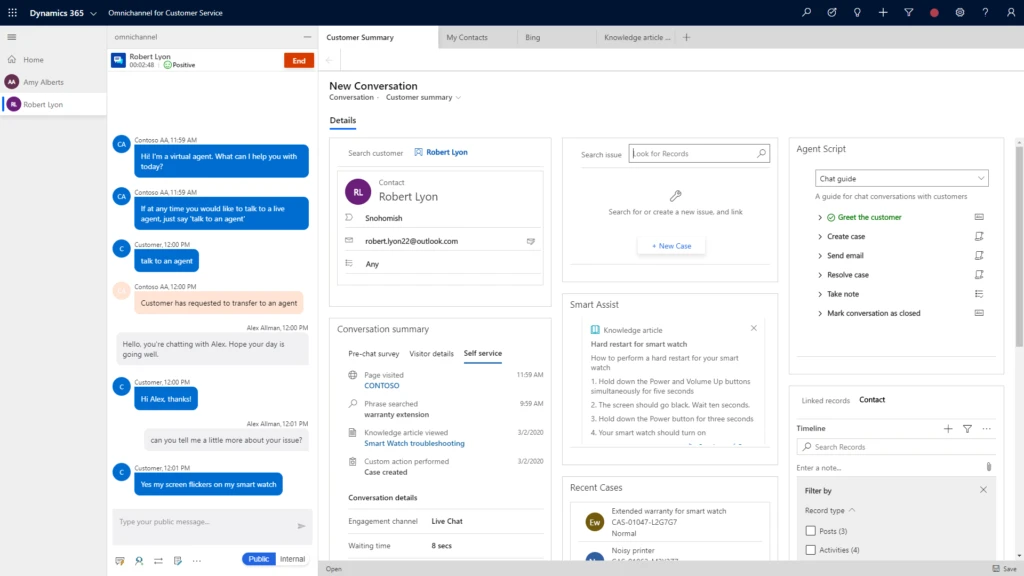
This integration enhances customer support by connecting CRM data with service workflows. It allows faster case resolution, better visibility into customer history, and improved overall satisfaction.
Use Case: Enhance case management and improve customer support efficiency.
Health Hero
Health Hero integration adds employee wellness tracking to Dynamics 365. It helps HR and management teams promote healthier workplace habits through centralized wellness data and engagement insights.
Use Case: Integrate wellness tracking data for employee engagement insights.
Yammer
Integrating Yammer encourages internal collaboration and knowledge sharing. Teams can discuss projects, share updates, and solve issues directly within the Dynamics 365 workspace.
Use Case: Foster internal communication and team collaboration.
LinkedIn Sales Navigator
This integration empowers sales teams with deeper insights and lead recommendations. Reps can view LinkedIn profiles, connect with prospects, and send messages directly from Dynamics 365.
Use Case: Identify leads, view insights, and connect with prospects directly.
SharePoint
SharePoint integration streamlines document management by linking files to customer or project records. It ensures secure storage, version control, and easy access for all team members.
Use Case: Manage, store, and share documents securely across departments.
Microsoft Teams
Teams integration allows users to collaborate in real time on Dynamics 365 data. Chat, share dashboards, and co-edit documents, all within a unified workspace for smoother communication.
Use Case: Collaborate on data and manage communication within Dynamics 365.
AttendanceBot
Integrating AttendanceBot automates employee attendance tracking inside Dynamics 365. It provides HR with accurate attendance data, leave management, and productivity insights.
Use Case: Track employee attendance and sync HR data seamlessly.
DocuSign
DocuSign integration allows users to send and receive digital signatures directly from Dynamics 365. Contracts and agreements can be signed quickly, securely, and tracked automatically.
Use Case: Send and track digital signatures directly from Dynamics 365.
MeisterTask
MeisterTask connects task boards with Dynamics 365 to streamline project management. Teams can assign, update, and monitor tasks while keeping all project details synchronized.
Use Case: Link task boards to Dynamics 365 for efficient project coordination.
Zapier
Zapier acts as a bridge between Dynamics 365 and thousands of other apps. It’s perfect for non-technical users who want to automate workflows and keep data moving seamlessly between systems.
Use Case: Connect Dynamics 365 with thousands of third-party apps easily.
Simple Integration
Simple Integration offers fast, reliable synchronization of essential data like leads, invoices, and contacts. It’s an easy way for small businesses to connect systems without a complex setup.
Use Case: Quickly sync essential data like leads and invoices without coding.
QuickBooks
QuickBooks integration keeps your financial and customer data in sync with Dynamics 365. It simplifies accounting by automatically updating invoices, payments, and balance records across both platforms.
Use Case: Automate accounting processes by syncing invoices and payments.
Maintaining Data Integrity During Dynamics 365 Integration
Why Data Flow Breaks
Integrations can fail when data isn’t properly mapped, validated, or synchronized. Common causes include:
- Using unreliable connectors
- Skipping data validation steps
- Ignoring sync schedules or version mismatches
- Lack of a single source of truth
- Deploying without sandbox testing
How to Ensure Data Integrity
To prevent duplication, corruption, or loss:
- Set Up Validation Rules: Ensure data consistency before it enters your system.
- Use Logging and Monitoring: Track sync activity and identify issues early.
- Handle Errors Gracefully: Implement retry policies and alerts for failed syncs.
- Test in Sandbox Environments: Avoid live data issues through pre-deployment testing.
- Schedule Regular Syncs: Keep systems aligned with automated and monitored updates.
Post-Integration Best Practices
- Conduct performance and user acceptance testing after deployment.
- Review sync logs and error reports regularly.
- Maintain clear integration documentation for scalability.
- Define ownership between IT and operations for ongoing maintenance.
- Use Power BI analytics to track integration performance and optimize processes.
Case Study Example
Example
A mid-sized retail business integrated Dynamics 365 with Shopify and Mailchimp. Prior to the integration, they faced challenges with duplicate customer data and lifecycle times for marketing campaigns.
Solution: They utilized Power Automate and Zapier to synchronize customer profiles. After synchronization, they automated their marketing emails.
Outcome: The accuracy of data increased by 40% and the time it took to deliver a campaign was cut in half.
Common Misconceptions Related to Connecting Dynamics 365
- “Native connectors will manage everything automatically.”
Native connectors can simplify aspects of the application; however, they often don't manage complex workflows without customization. - “Custom integrations are always expensive and take time.”
Due to modern-day APIs and middleware, developing custom integrations can be efficient, sufficiently cost-effective and provide the solution your company needs. - “Once integrated, the data will never desync.”
Ongoing testing and monitoring are always required to maintain data integrity.
Conclusion
Integrating Dynamics 365 with third-party apps helps create a unified business environment where data flows seamlessly, teams collaborate better, and decision-making becomes faster. The key to success lies in careful planning, testing, and continuous optimization.
If your organization wants to connect Dynamics 365 with external tools while keeping data accurate and secure, start small, test in a sandbox, validate your data, and scale gradually.
FAQs
You are ready when your teams are using separate, disconnected systems that require dual data entry and manual updates. Integration is the right choice when you can begin to identify delays, errors, and visibility gaps in your current workflows.
Start with the applications that directly touch customers or finances, such as CRM, accounting, or communication applications. Integrating the applications that touch customers or finances first will provide a solution that is useful quickly, as well as it will set a solid groundwork for additional connections in the future.
Always connect through authenticated APIs, use encrypted data communication, and stick with Microsoft-approved connectors. Limit access through role-based permissions so that only authorized users can view or sync sensitive data.
Start by checking the logs for your connectors and checking the sync schedule. The majority of issues are the result of expired credentials, changed field mappings, or paused workflows. A simple check of those items will solve the issue, and more than likely, you will not need to completely rebuild anything.
For sure! You can set up reliable integrations by leveraging Microsoft's low-code development environment using Power Automate and its pre-built integrations and connectors. Actioning these is perfect for smaller teams and non-developers.
Integrations should be treated as living systems. You should be reviewing them every few months, or when you have done any major software update/cycles, to make sure performance, accuracy, and compatibility have remained.
Author Insights
Miley Johnson is a Technical Content Creator at Tech Implement, passionate about making complex technology easy to understand. She specializes in turning technical jargon into clear, engaging content that helps businesses and professionals navigate CRM and ERP solutions with confidence. With a strong attention to detail and a love for storytelling, Miley creates content that not only informs but also connects with the audience. Her goal is to simplify technology and make it more accessible for everyone.
Ready to bring your project to life?
Schedule a Meeting


